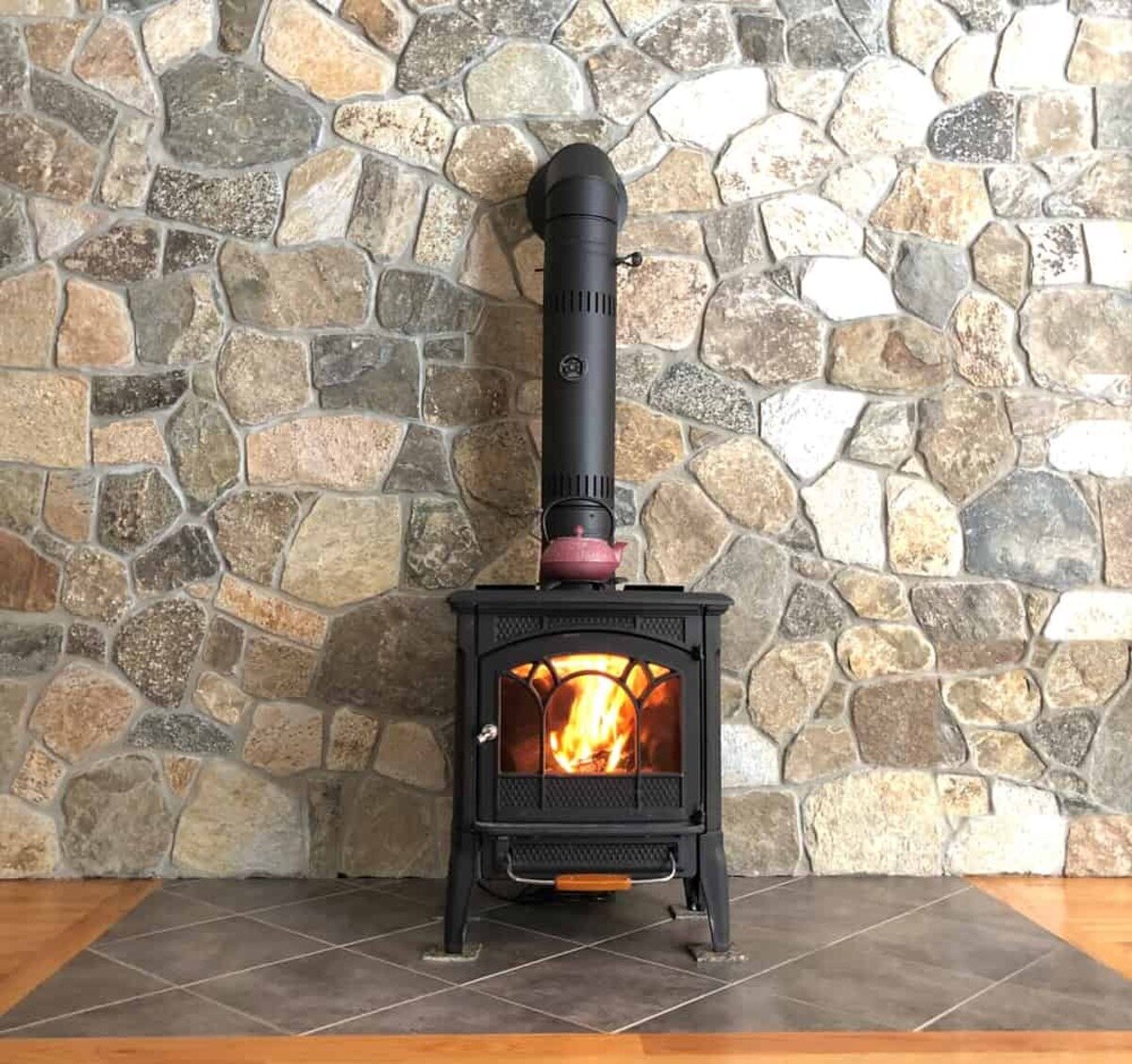

Articles
How Hot Does Chimney Pipe Get
Modified: August 28, 2024
Learn about chimney pipe temperatures and find out how hot chimney pipes get in this informative article.
(Many of the links in this article redirect to a specific reviewed product. Your purchase of these products through affiliate links helps to generate commission for Storables.com, at no extra cost. Learn more)
Introduction
A chimney pipe plays a crucial role in safely venting smoke and gases produced by a fireplace or stove. It provides a passage for these byproducts to escape from your home, ensuring that indoor air quality is maintained, and the risk of fire or carbon monoxide poisoning is minimized. However, it’s important to understand how hot a chimney pipe can get and the factors that can affect its temperature.
Chimney pipes are exposed to high temperatures for extended periods, which can have a significant impact on their performance and longevity. Knowing the maximum temperature limits for various chimney pipe materials is essential to prevent any potential damage or hazards.
In this article, we will explore the factors that affect chimney pipe temperature, the materials used in chimney pipe construction, and the dangers of exceeding the maximum temperature limits. We will also provide some tips for reducing chimney pipe temperature to ensure the safety and efficiency of your chimney system.
Key Takeaways:
- Understanding chimney pipe temperature is crucial for preventing structural damage, chimney fires, and carbon monoxide poisoning. Regular monitoring and adherence to manufacturer guidelines are essential for safe operation.
- To reduce chimney pipe temperature, consider improving insulation, increasing ventilation, optimizing appliance efficiency, controlling fuel use, and even installing a chimney fan. Always stay within recommended temperature limits and seek professional assistance when needed.
Read more: How Hot Does A Chimney Get
Understanding Chimney Pipe Temperature
Chimney pipe temperature refers to the level of heat that the pipe is exposed to during the operation of a fireplace or stove. It is important to have a clear understanding of chimney pipe temperature to ensure proper installation, maintenance, and operation of your chimney system.
When a fire is burning in a fireplace or stove, the combustion process produces hot gases and smoke. These byproducts rise up through the chimney, and as they do so, they transfer their heat to the chimney pipe. The temperature of the chimney pipe can vary depending on several factors, including the type of fuel being burned, the efficiency of the appliance, and the size and design of the chimney.
Hotter temperatures can increase the risk of chimney fires and cause damage to the chimney pipe. It is therefore vital to understand the relationship between chimney pipe temperature and the materials used in its construction.
By monitoring the temperature of your chimney pipe, you can ensure that it remains within safe limits, reducing the risk of structural damage or a hazardous situation. Regular inspection and maintenance of your chimney system can help identify any issues with temperature control and prevent potential problems from arising.
Factors Affecting Chimney Pipe Temperature
Several factors can influence the temperature of a chimney pipe during the operation of a fireplace or stove. Understanding these factors can help you better manage and control the temperature within your chimney system.
1. Type of Fuel: Different fuels burn at varying temperatures. For example, wood-burning fires typically produce higher temperatures compared to gas or pellet-burning appliances. The type of fuel used can significantly impact the temperature of the gases and smoke rising through the chimney pipe.
2. Appliance Efficiency: The efficiency of your fireplace or stove affects how much heat is being generated. High-efficiency appliances are designed to burn fuel more effectively, resulting in lower chimney pipe temperatures. Conversely, less efficient appliances may produce higher temperatures.
3. Chimney Size and Design: The dimensions and design of your chimney can play a role in temperature regulation. A properly sized chimney allows for efficient airflow, allowing the heat to dissipate more evenly. Poorly designed or undersized chimneys can result in higher chimney pipe temperatures.
4. Insulation and Clearances: The insulation and clearances around the chimney pipe also influence its temperature. Proper insulation helps retain heat and prevents excessive temperature buildup. Additionally, maintaining the recommended clearances between the chimney pipe and combustible materials minimizes the risk of heat transfer and potential fire hazards.
5. Weather Conditions: External factors such as weather conditions can also affect chimney pipe temperature. Cold weather, for instance, can cause drafts and affect airflow, resulting in lower temperatures. Windy conditions may increase the airflow, potentially increasing the chimney pipe temperature.
It’s important to consider these factors and ensure that your chimney system is properly designed, installed, and maintained to regulate temperature effectively. Regular inspections by a qualified professional can help identify any issues and ensure the safe and efficient functioning of your chimney pipe.
Materials Used in Chimney Pipe Construction
Chimney pipes are constructed using various materials, each offering different levels of durability, heat resistance, and performance. The choice of chimney pipe material depends on the specific needs of your fireplace or stove and the type of fuel being burned.
1. Stainless Steel: Stainless steel is a popular choice for chimney pipe construction due to its excellent heat resistance and durability. It is capable of withstanding high temperatures and is resistant to corrosion, making it suitable for use with wood-burning and gas-burning appliances. Stainless steel chimney pipes are available in both single-wall and double-wall configurations.
2. Galvanized Steel: Galvanized steel chimney pipes are coated with a layer of zinc to protect against corrosion. While galvanized steel is less expensive than stainless steel, it is not as heat-resistant and may not be suitable for use with high-temperature wood-burning applications. Galvanized steel chimney pipes are commonly used for gas-burning appliances and ventilation systems.
3. Cast Iron: Cast iron chimney pipes are known for their durability and longevity. They can withstand high temperatures and are often used with wood-burning appliances. However, cast iron pipes are relatively heavy and may require additional support during installation.
4. Aluminum: Aluminum chimney pipes are lightweight and corrosion-resistant, making them a popular choice for gas-burning appliances. However, they are not suitable for use with wood-burning appliances, as they are not as heat-resistant as other materials.
It is essential to choose a chimney pipe material that is compatible with your specific heating appliance and fuel type. Always consult with a professional chimney sweep or installer to determine the most suitable material for your chimney system.
Additionally, it’s important to adhere to the manufacturer’s guidelines and local building codes when selecting and installing a chimney pipe. Proper installation, maintenance, and regular inspections can ensure the safe and efficient operation of your chimney system.
When using a wood stove or fireplace, the chimney pipe can reach temperatures of 900-1200°F. It’s important to use proper insulation and clearances to prevent heat transfer to combustible materials. Regular chimney maintenance is also crucial to prevent chimney fires.
Maximum Temperature Limits of Different Chimney Pipe Materials
The maximum temperature limits of chimney pipe materials are crucial to understand to ensure safe and efficient operation of your chimney system. Exceeding these temperature limits can lead to structural damage, including warping, cracking, and the potential for chimney fires. Here are the maximum temperature limits for common chimney pipe materials:
1. Stainless Steel: Stainless steel chimney pipes have high heat resistance and can withstand temperatures up to 2100°F (1150°C). This makes them suitable for use in a wide range of heating applications, including wood-burning, gas-burning, and pellet-burning appliances.
2. Galvanized Steel: Galvanized steel chimney pipes have a lower temperature limit than stainless steel. They can typically handle temperatures up to 1000°F (540°C). It is important to ensure that galvanized steel pipes are not used with high-temperature wood-burning applications, as they may not provide sufficient heat resistance.
3. Cast Iron: Cast iron chimney pipes are highly heat-resistant and can withstand temperatures up to 1800°F (980°C). They are commonly used with wood-burning appliances, where temperatures can reach higher levels. However, it is essential to monitor cast iron pipes closely for any signs of fatigue or damage, as they are susceptible to cracking under extreme temperatures.
4. Aluminum: Aluminum chimney pipes have lower temperature limits compared to other materials and can typically handle temperatures up to 1000°F (540°C). They are primarily used for gas-burning appliances, where temperatures are generally lower. It is crucial to ensure that aluminum pipes are not used with high-temperature wood-burning applications to avoid any potential hazards.
Remember that these temperature limits are general guidelines, and specific products may have different limitations. Always refer to the manufacturer’s recommendations and installation instructions for accurate temperature ratings and usage guidelines.
It is important to note that chimney pipe temperature limits are not the same as operating temperature limits for heating appliances. The maximum temperature limits mentioned above refer to the temperatures that the chimney pipes themselves can withstand without sustaining damage.
Regular inspection and maintenance of your chimney system, including monitoring pipe temperatures, will help ensure the safe and efficient operation of your heating appliance. If you have any doubts or concerns about chimney pipe temperature limits, consult with a qualified chimney professional for guidance.
Read more: How To Seal Chimney Pipe
Dangers of Exceeding Chimney Pipe Temperature Limits
Exceeding the maximum temperature limits of a chimney pipe can have serious consequences and pose significant dangers to both your home and your safety. Here are some of the dangers associated with exceeding chimney pipe temperature limits:
1. Structural Damage: Chimney pipes are designed to withstand specific temperature ranges. When the temperature limits are exceeded, the materials can become compromised, leading to structural damage. This can include warping, cracking, or even complete failure of the chimney pipe. Structural damage can impair the functionality of the chimney system and pose a potential fire hazard.
2. Chimney Fires: One of the most significant dangers of exceeding chimney pipe temperature limits is the increased risk of chimney fires. When the temperature inside the chimney reaches excessively high levels, it can ignite creosote deposits, a flammable substance that can accumulate on the interior walls of the chimney. A chimney fire can quickly spread to other areas of the home, resulting in severe property damage and endangering the lives of occupants.
3. Carbon Monoxide Poisoning: A properly functioning chimney system helps to safely vent harmful gases, including carbon monoxide, out of the home. However, when chimney pipe temperature limits are exceeded, there is a higher risk of inadequate venting. This can lead to a buildup of carbon monoxide inside the home, a colorless, odorless gas that can be deadly if inhaled in high concentrations.
4. Home and Property Damage: A compromised chimney pipe can allow heat, smoke, and gases to escape into areas of the home where they shouldn’t be. This can result in damage to walls, ceilings, and other structural elements. The excessive heat can also pose a risk to combustible materials nearby, increasing the chance of a house fire.
Preventing these dangers requires diligent monitoring and adherence to chimney pipe temperature limits. Regular maintenance and inspections are crucial to identify any potential issues and ensure the safe operation of your chimney system.
If you suspect that your chimney pipe temperature limits have been exceeded or if you notice any signs of damage or deterioration, it is essential to seek professional assistance immediately. A certified chimney sweep or technician can inspect your chimney system, make necessary repairs, and provide guidance on proper usage and maintenance.
Remember, prioritizing safety and following the manufacturer’s guidelines for your chimney pipe and heating appliances will help prevent dangerous situations and protect your home and loved ones.
Tips for Reducing Chimney Pipe Temperature
If you find that your chimney pipe temperature is consistently exceeding safe limits, it is crucial to take action to reduce the temperature and mitigate potential risks. Here are some tips to help you lower the temperature of your chimney pipe:
1. Improve Insulation: Enhancing the insulation around your chimney can help retain heat and prevent it from transferring to the surrounding areas. Consider adding insulation materials, such as high-temperature ceramic wool, around the chimney pipe and in any gaps or spaces between the pipe and combustible materials.
2. Increase Ventilation: Adequate airflow is essential for heat dissipation. Make sure that your chimney has proper ventilation, such as a chimney cap or ventilation system, to allow for the escape of hot air. Consult with a professional to ensure that your chimney is properly ventilated according to local building codes and regulations.
3. Optimize Appliance Efficiency: Ensure that your heating appliance is operating at its highest efficiency. Regularly clean and maintain the appliance, including checking and replacing air filters as needed. A properly functioning and efficiently burning appliance will generate less heat and reduce the strain on the chimney pipe.
4. Control Fuel Use: Adjusting the amount and type of fuel used in your fireplace or stove can help regulate the temperature. If you are burning wood, make sure the wood is properly seasoned and dry, as wet or unseasoned wood can produce excessive heat. For gas-burning appliances, consult the manufacturer’s instructions for proper flame adjustment to avoid overheating.
5. Consider a Chimney Fan: Installing a chimney fan can help improve airflow and draw heat away from the chimney pipe. The fan assists in creating a draft, increasing ventilation, and reducing the temperature buildup. Consult with a professional to determine the suitability and proper installation of a chimney fan for your specific chimney system.
6. Monitor Operating Practices: Pay attention to how you operate your fireplace or stove. Avoid using excessively large fires that generate excessive heat. Consider smaller, more controlled fires to reduce the workload on the chimney pipe. Also, avoid closing the damper or air intake completely, as this can result in poor combustion and higher chimney temperatures.
It’s important to note that while these tips can help reduce chimney pipe temperature, it is crucial to monitor the temperature regularly and remain within the manufacturer’s recommended limits. If you continue to experience high chimney pipe temperatures despite taking preventive measures, seek professional assistance from a certified chimney sweep or technician to identify and address any underlying issues.
By following these tips and taking proactive measures, you can effectively lower the temperature of your chimney pipe, ensuring a safer and more efficient operation of your chimney system.
Conclusion
Understanding chimney pipe temperature is essential for maintaining the safety and efficiency of your chimney system. Exceeding the maximum temperature limits of your chimney pipe can lead to structural damage, chimney fires, and carbon monoxide poisoning, putting your home and loved ones at risk. By considering the factors that affect chimney pipe temperature, choosing the appropriate materials, and monitoring the temperature within safe limits, you can prevent potential hazards.
When it comes to chimney pipe materials, stainless steel is a popular choice due to its high heat resistance and durability. Galvanized steel, cast iron, and aluminum are also used but have different temperature limits and specific applications. It is crucial to consult with professionals and adhere to manufacturer guidelines to ensure the proper use and installation of chimney pipes.
Exceeding the temperature limits of your chimney pipe can result in structural damage to the pipe itself, chimney fires, and carbon monoxide buildup inside your home. Regular maintenance, inspections, and monitoring of chimney pipe temperature can help identify potential issues and ensure the safe operation of your chimney system.
If you find that your chimney pipe temperature consistently exceeds safe limits, implementing measures such as improving insulation, increasing ventilation, optimizing appliance efficiency, controlling fuel use, and considering the installation of a chimney fan can help reduce the temperature and mitigate risks. However, always monitor the temperature and stay within the manufacturer’s recommended limits.
Remember, the proper functioning and maintenance of your chimney system play a critical role in ensuring the safety of your home. Seek professional assistance whenever necessary to address any concerns or issues promptly.
By following these guidelines and taking proactive measures, you can effectively manage and control chimney pipe temperature, providing a safe and efficient heating experience for years to come.
Frequently Asked Questions about How Hot Does Chimney Pipe Get
Was this page helpful?
At Storables.com, we guarantee accurate and reliable information. Our content, validated by Expert Board Contributors, is crafted following stringent Editorial Policies. We're committed to providing you with well-researched, expert-backed insights for all your informational needs.
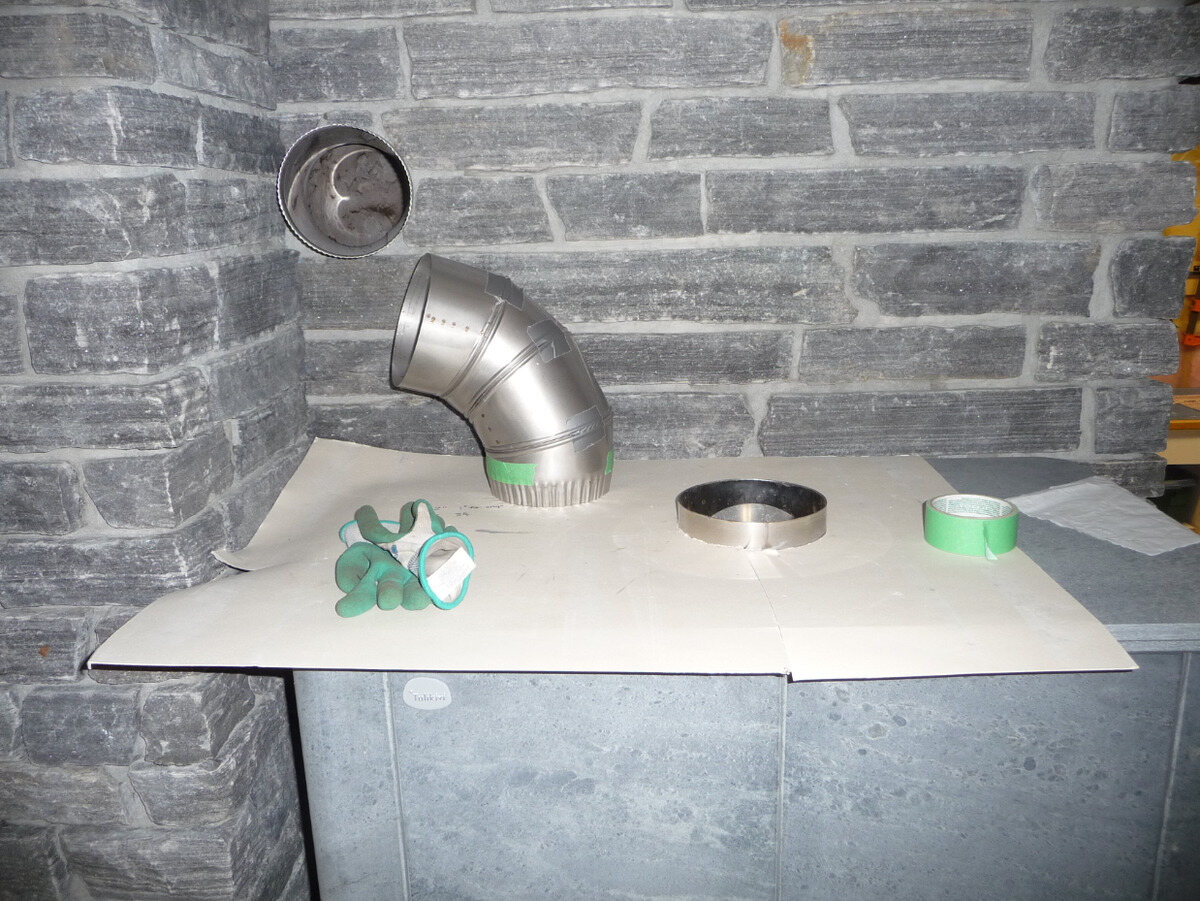
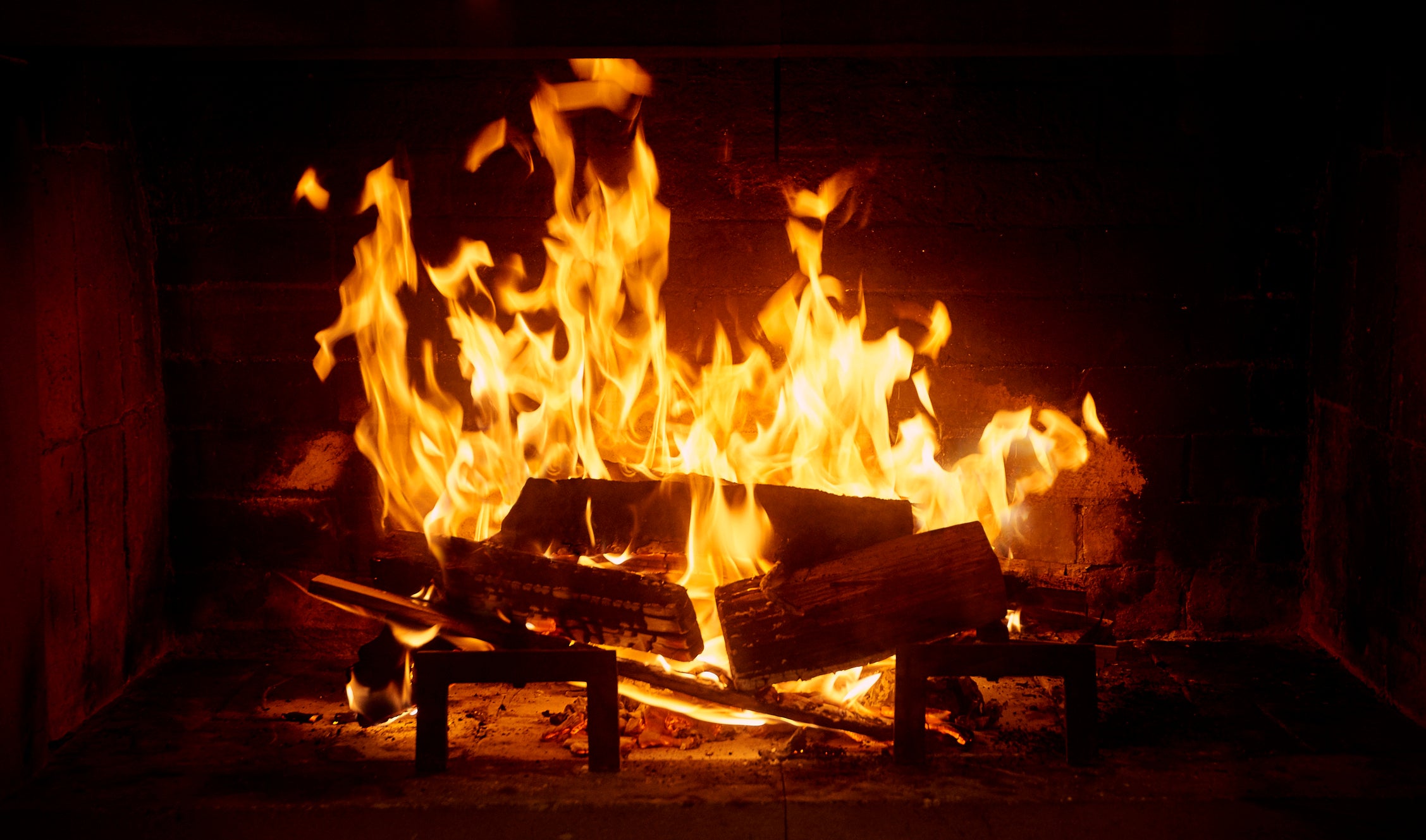
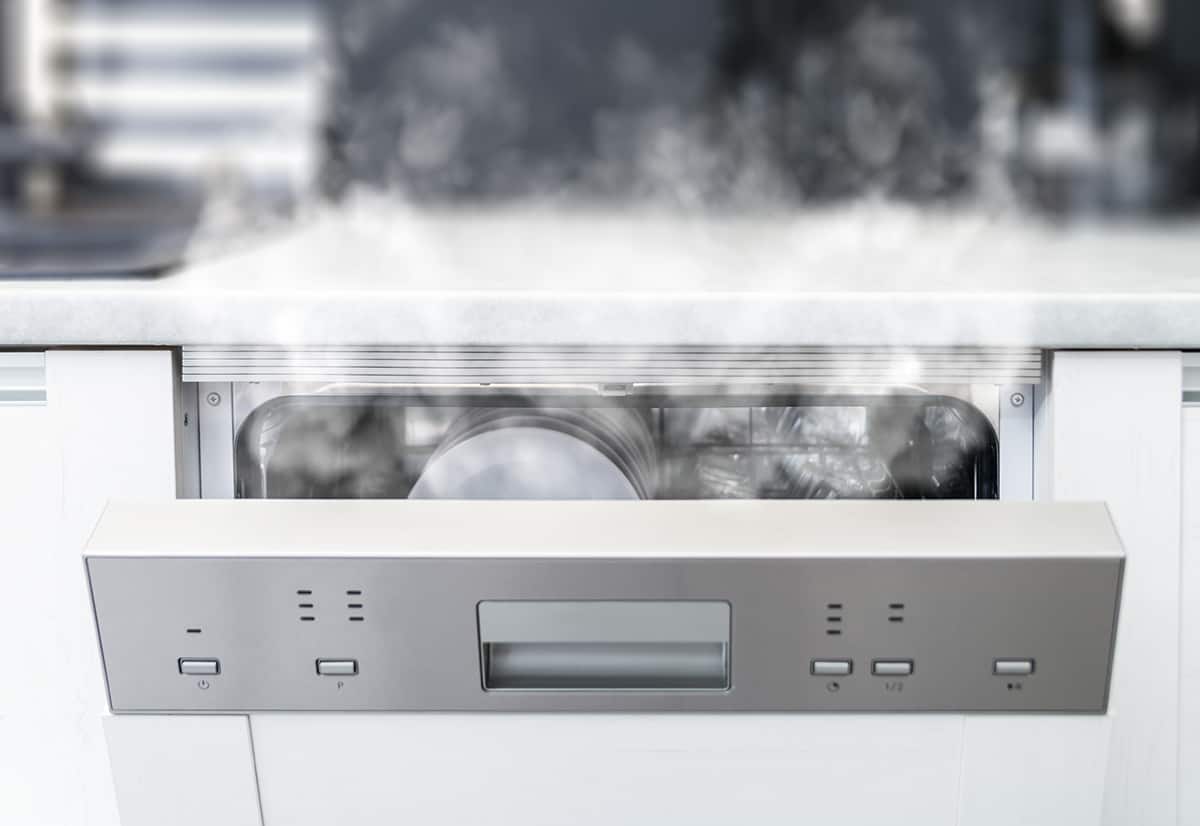
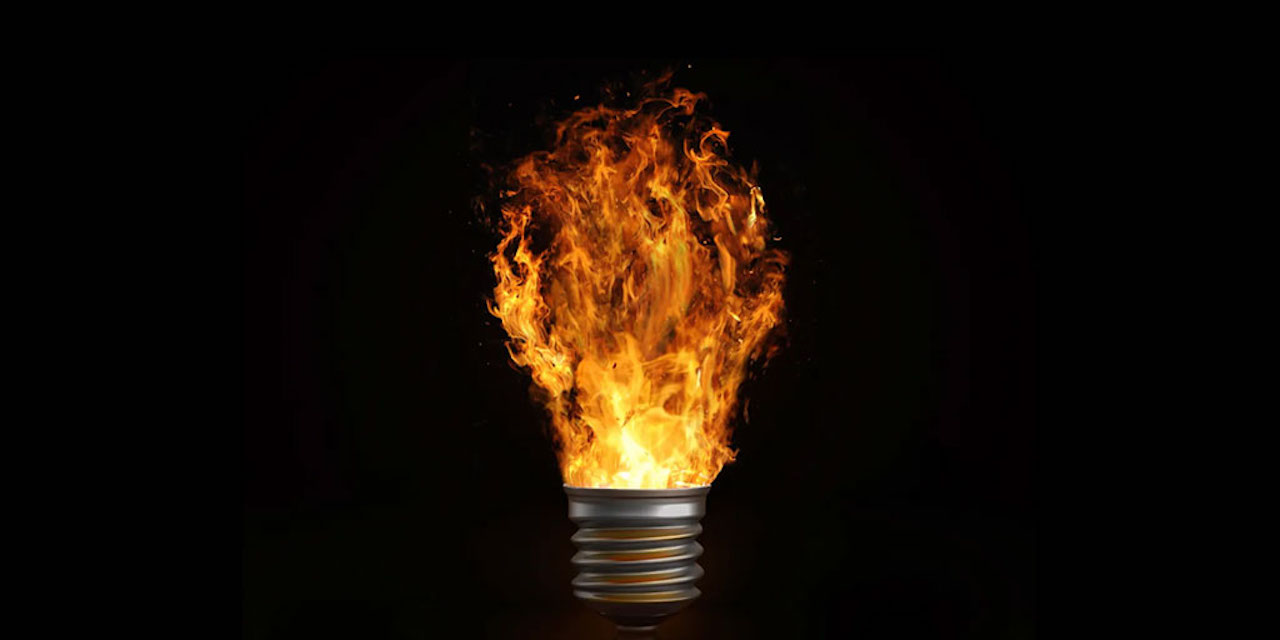
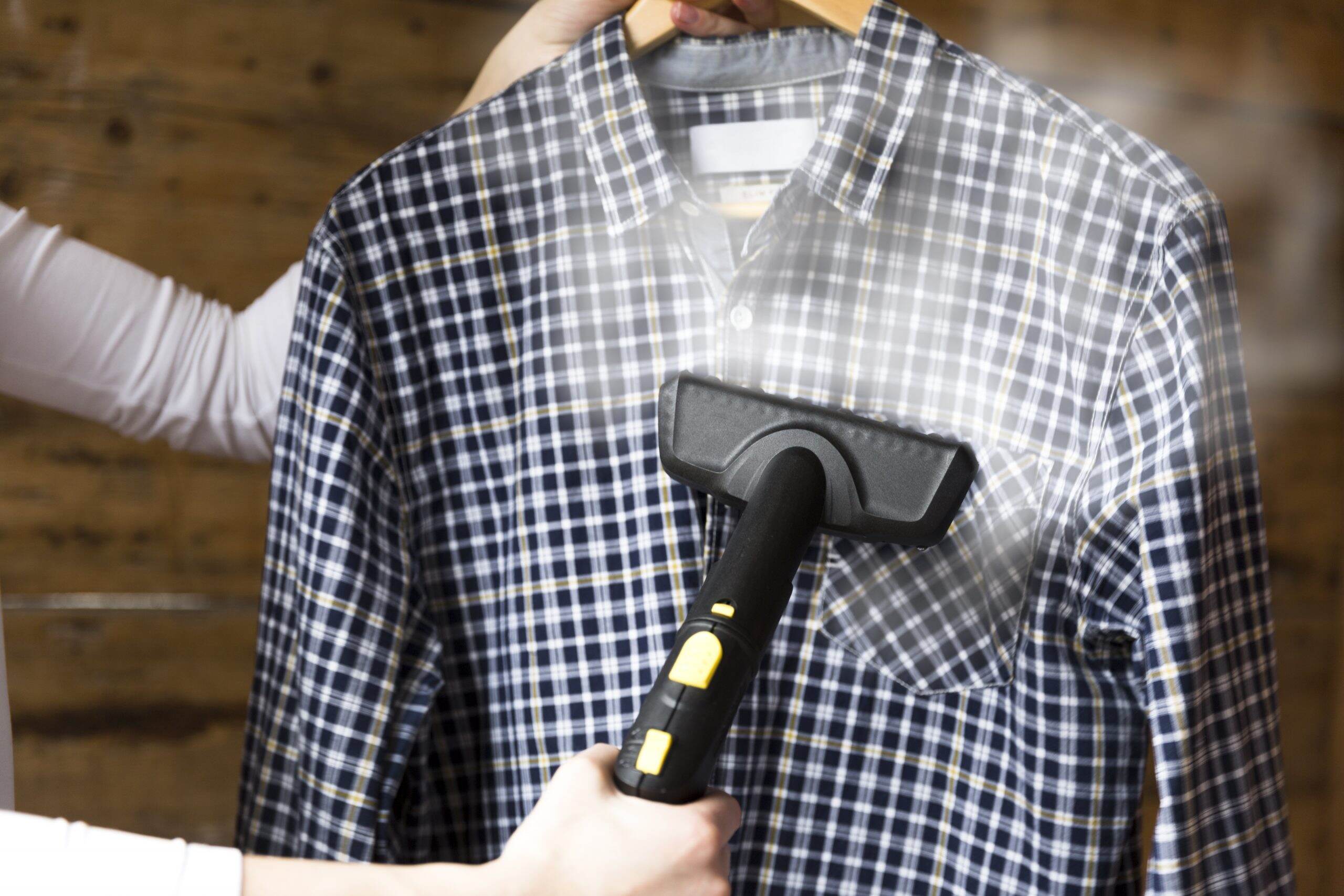
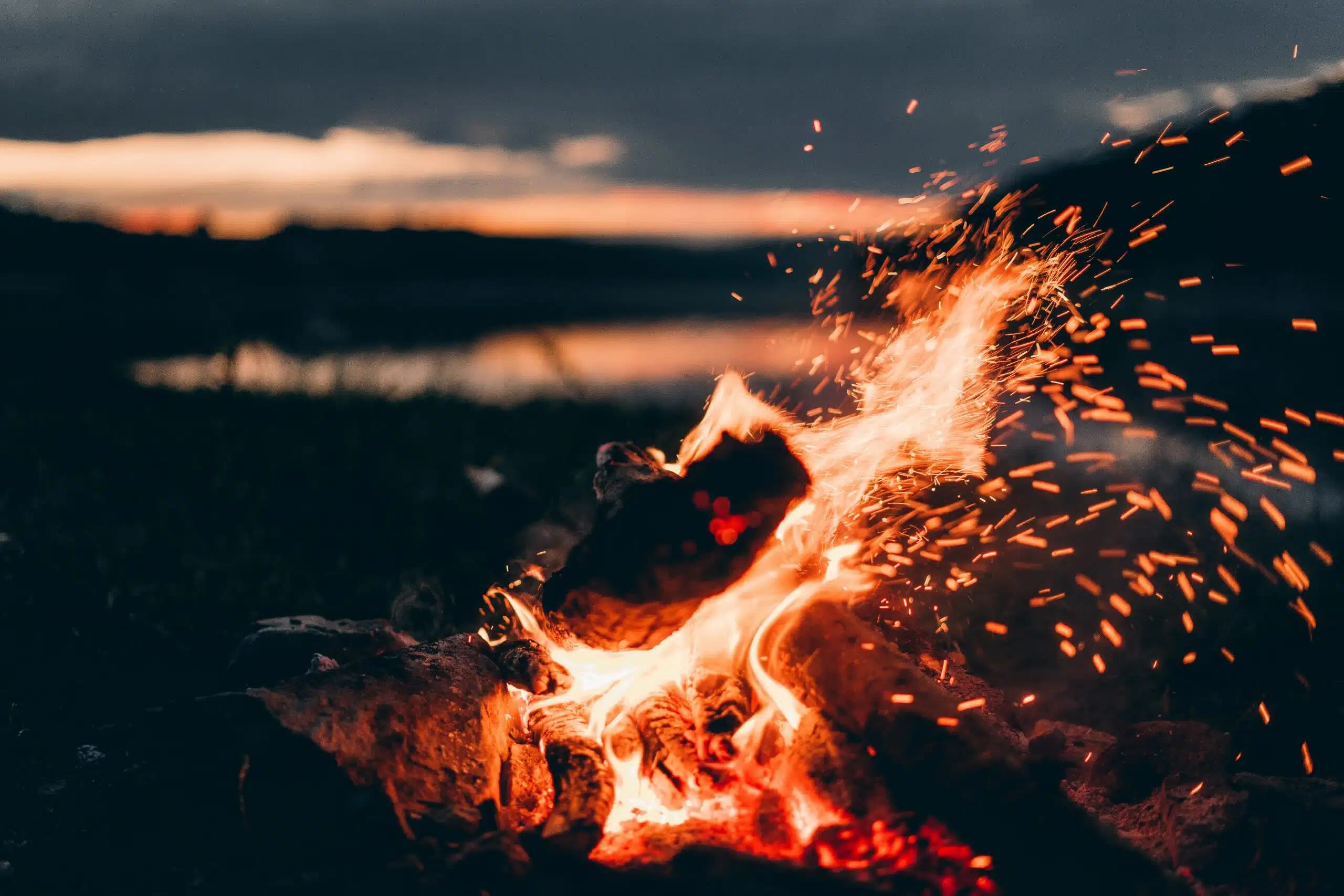
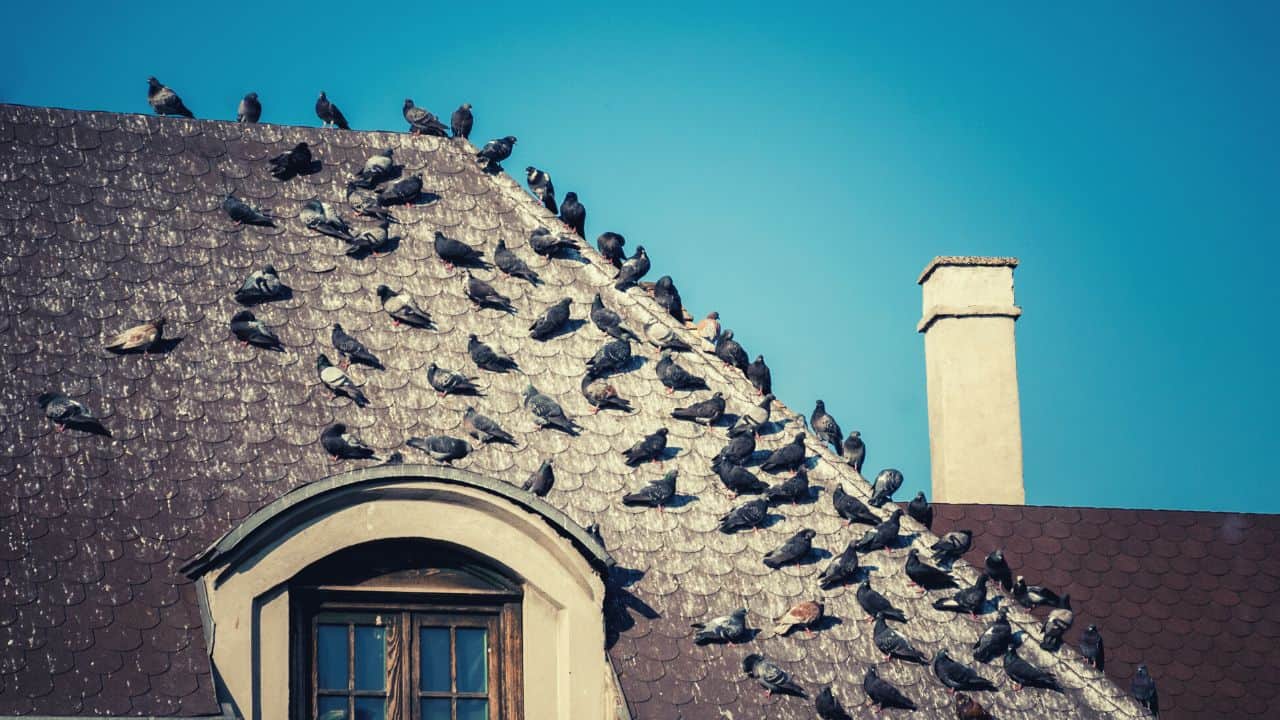
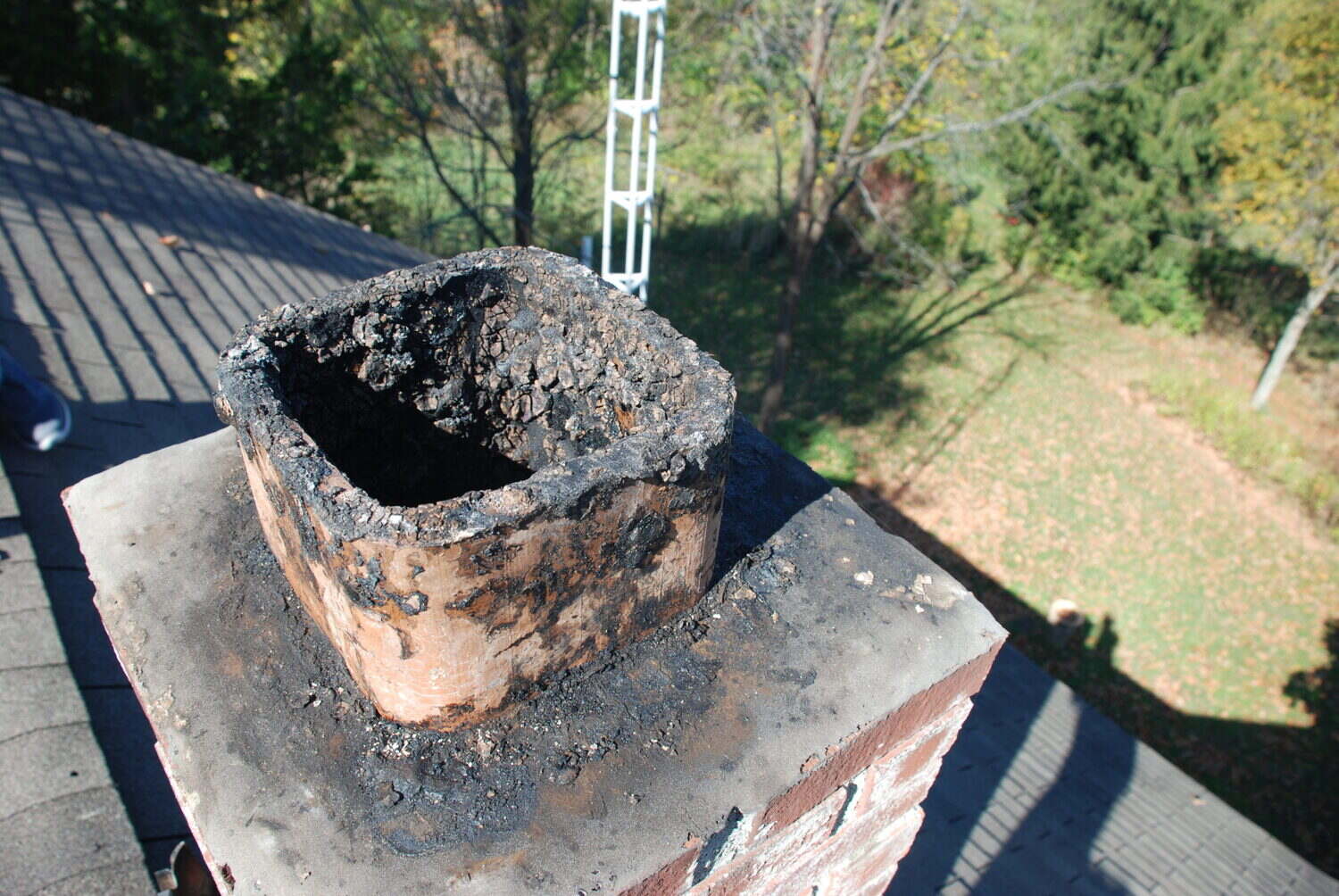
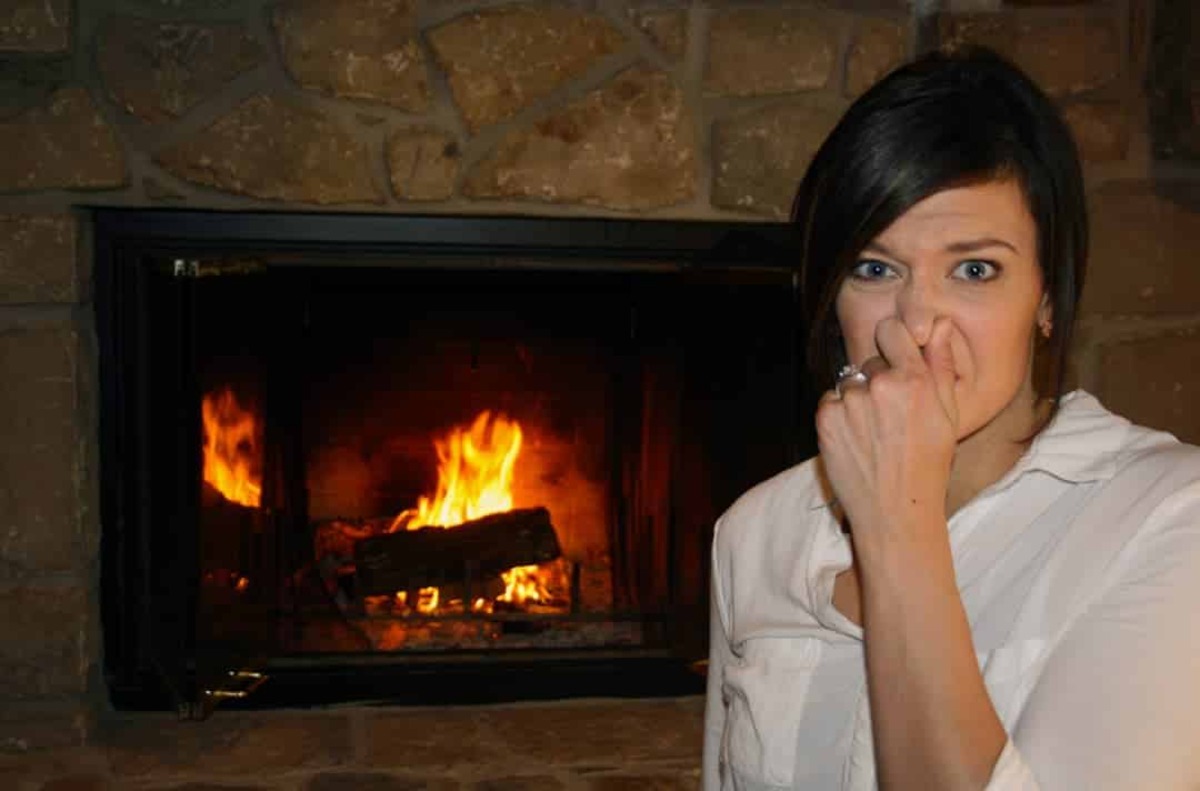
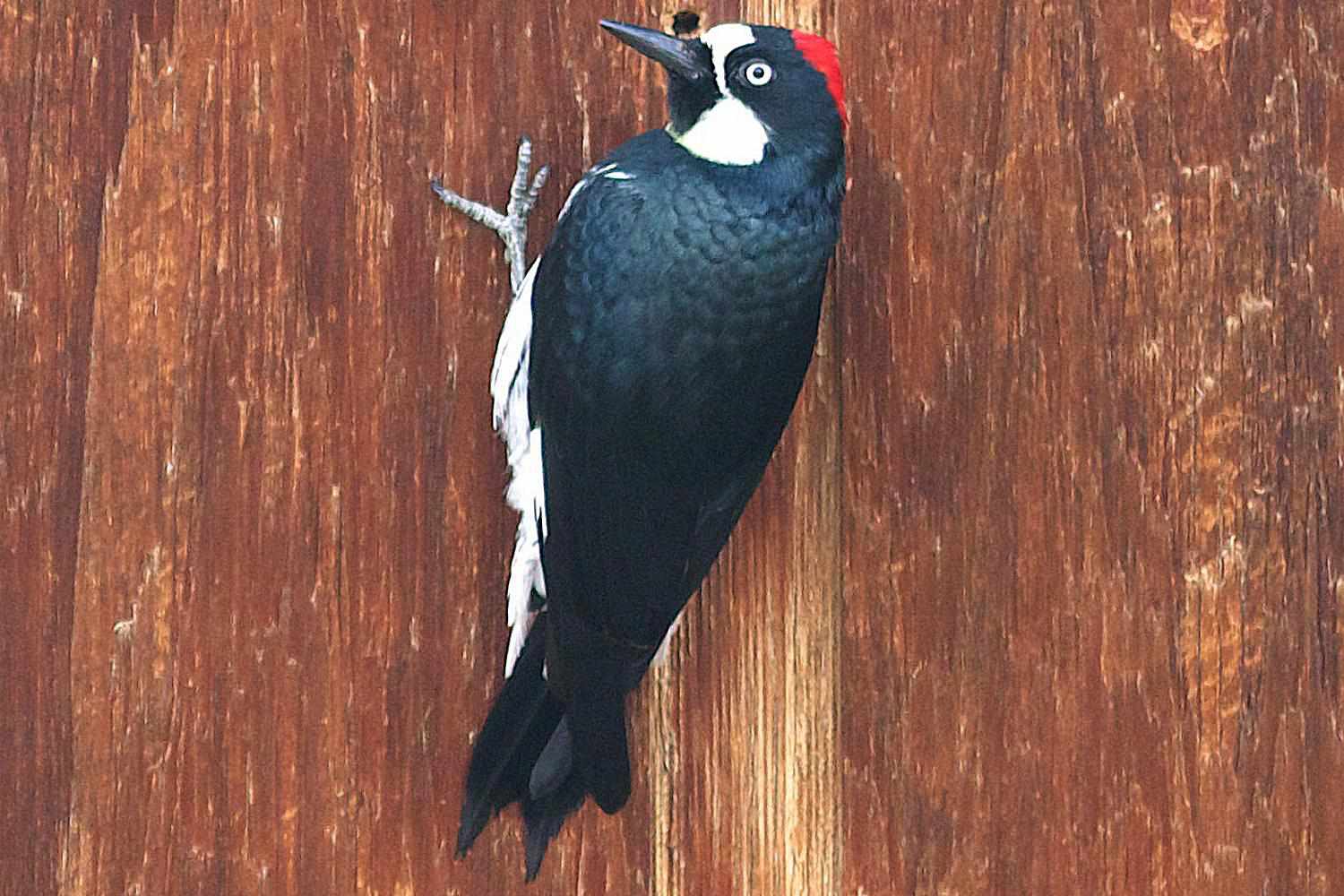
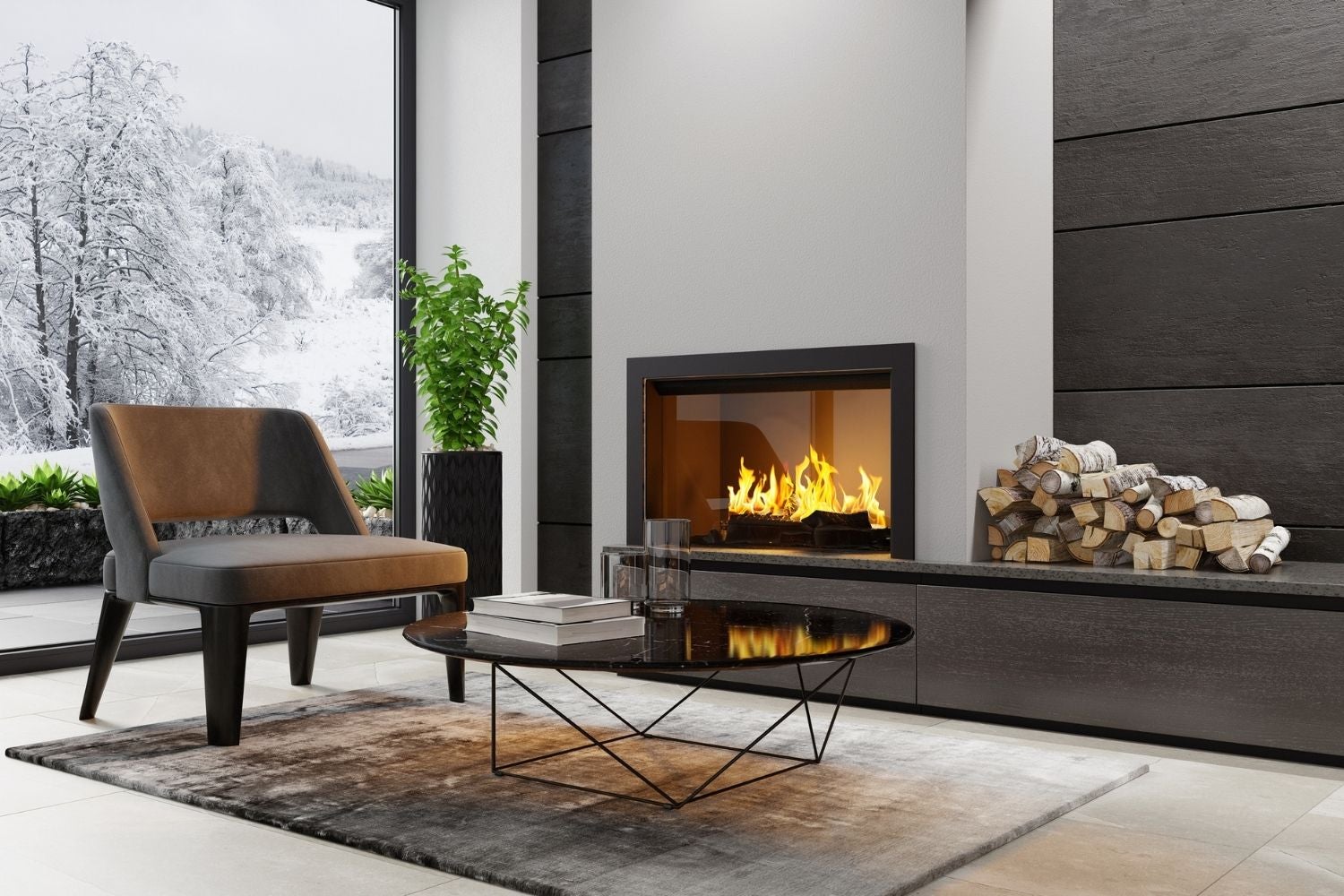
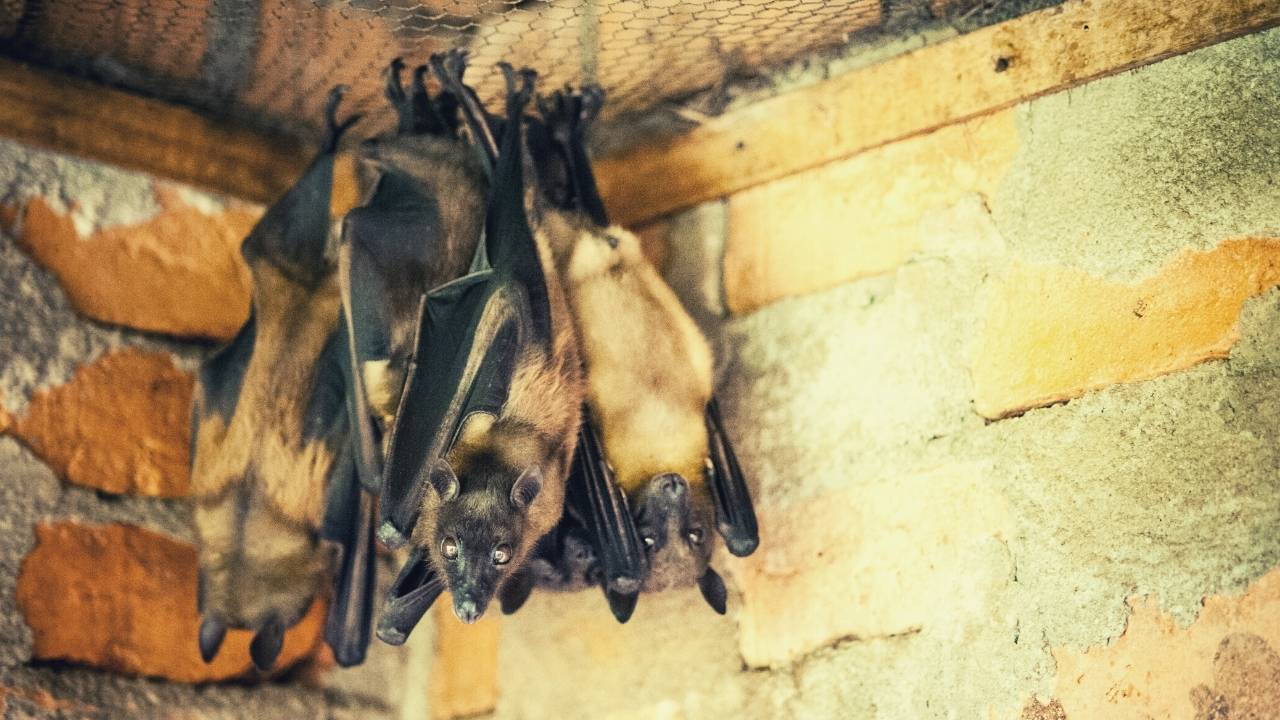

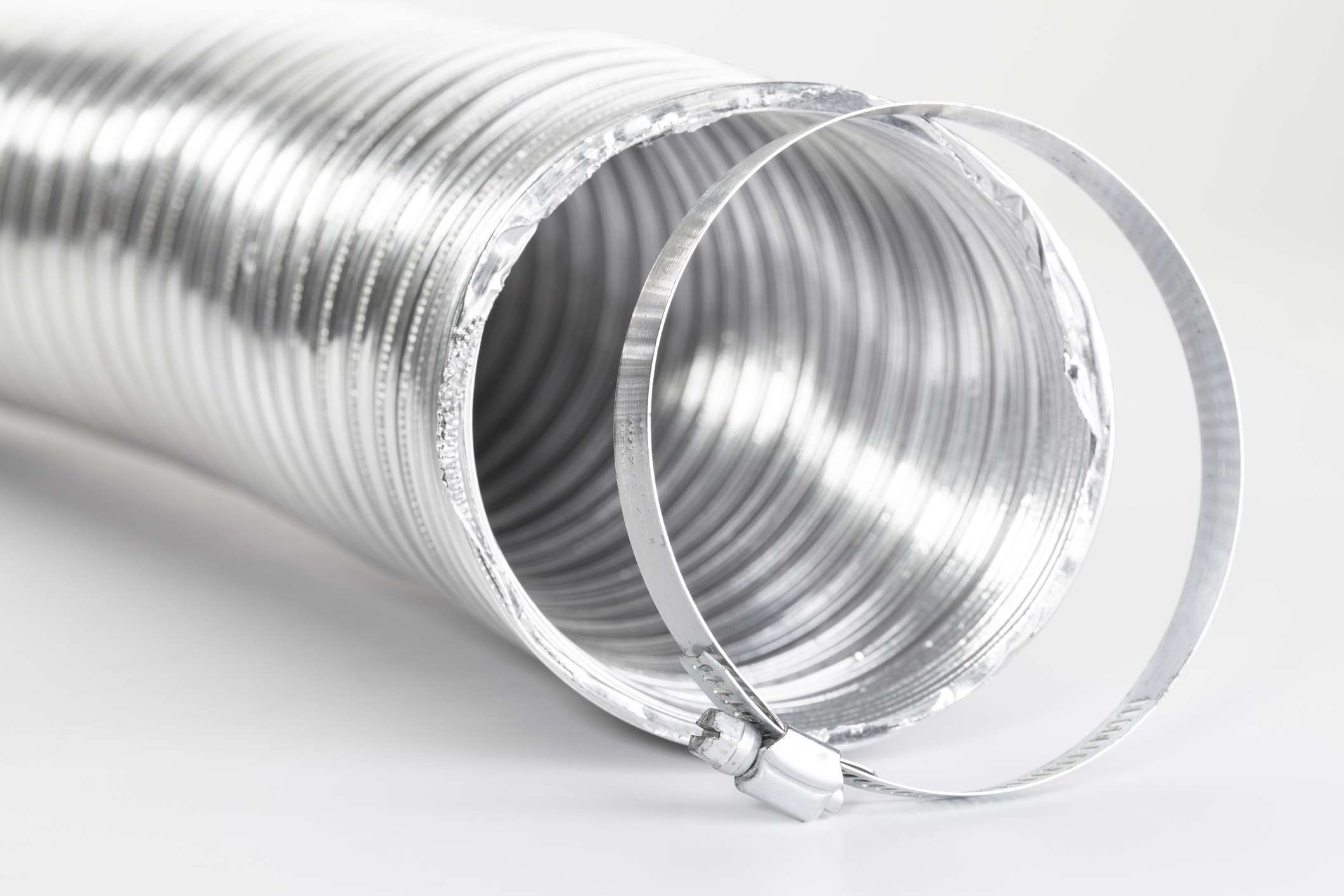

0 thoughts on “How Hot Does Chimney Pipe Get”